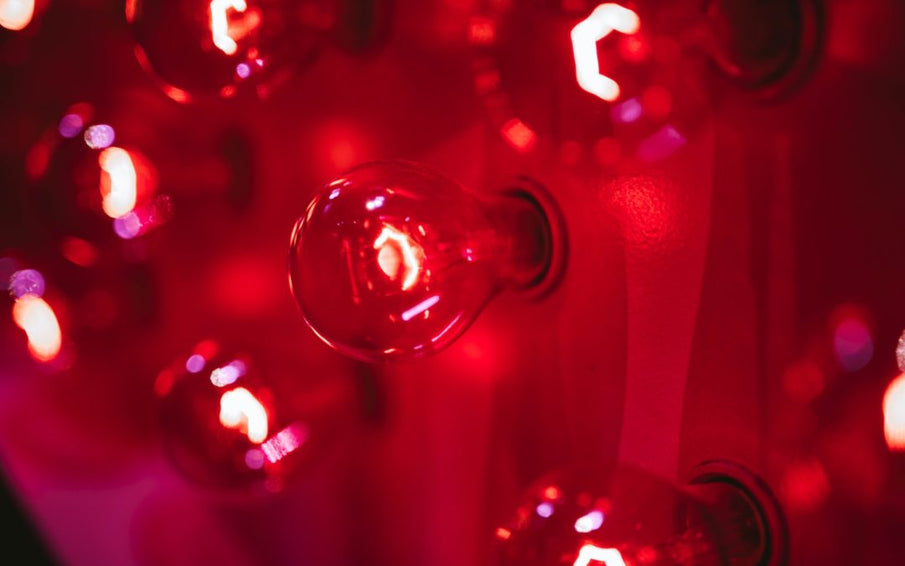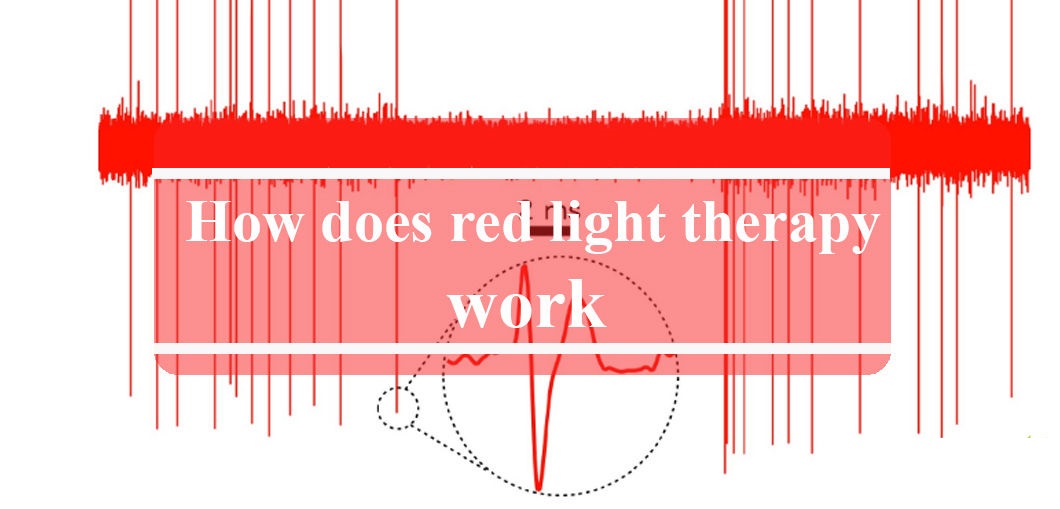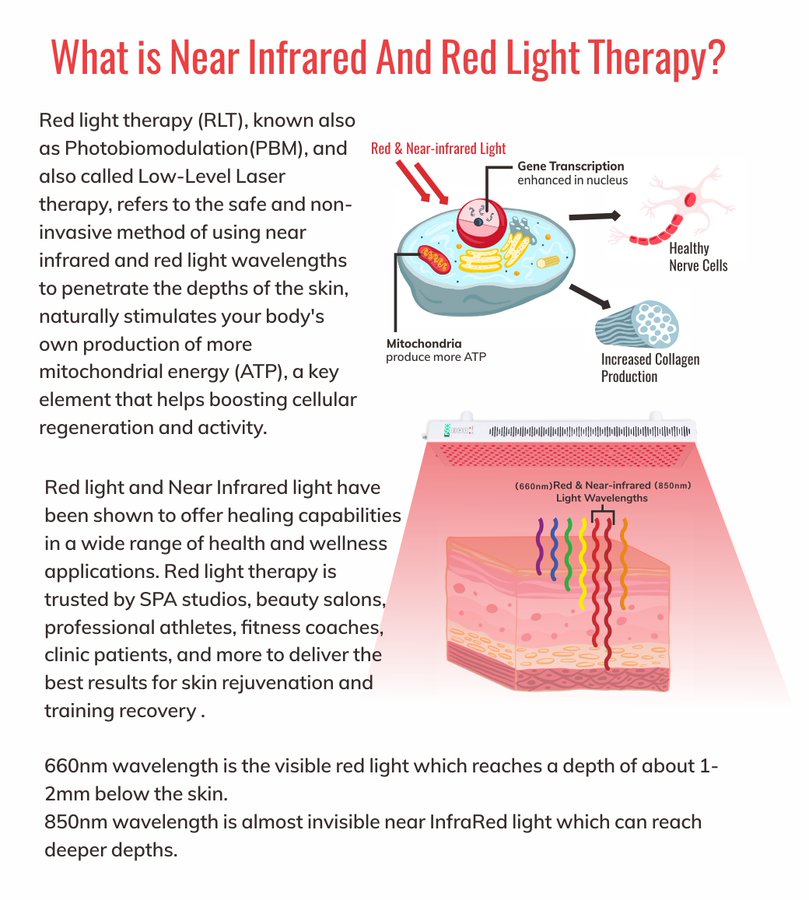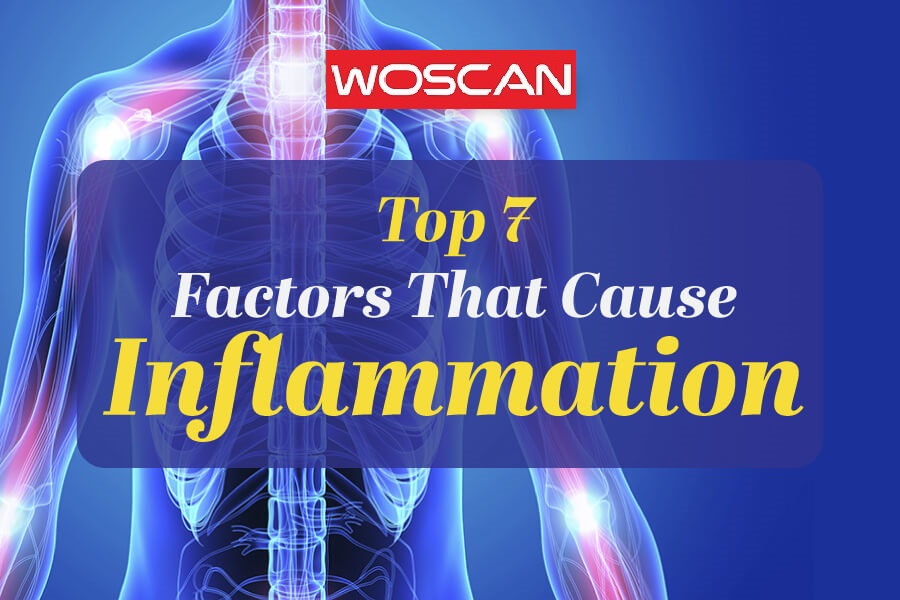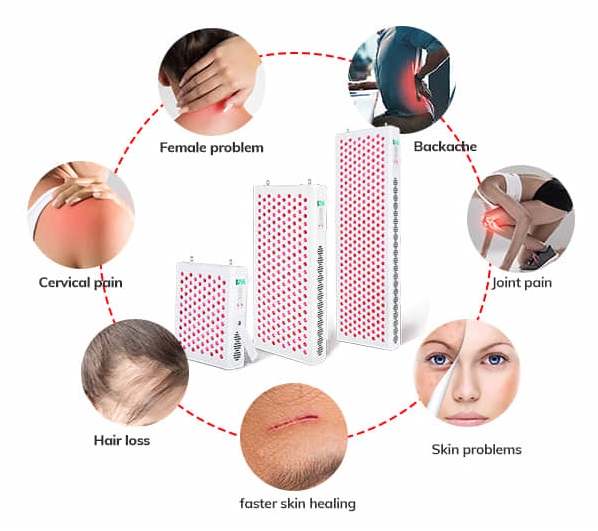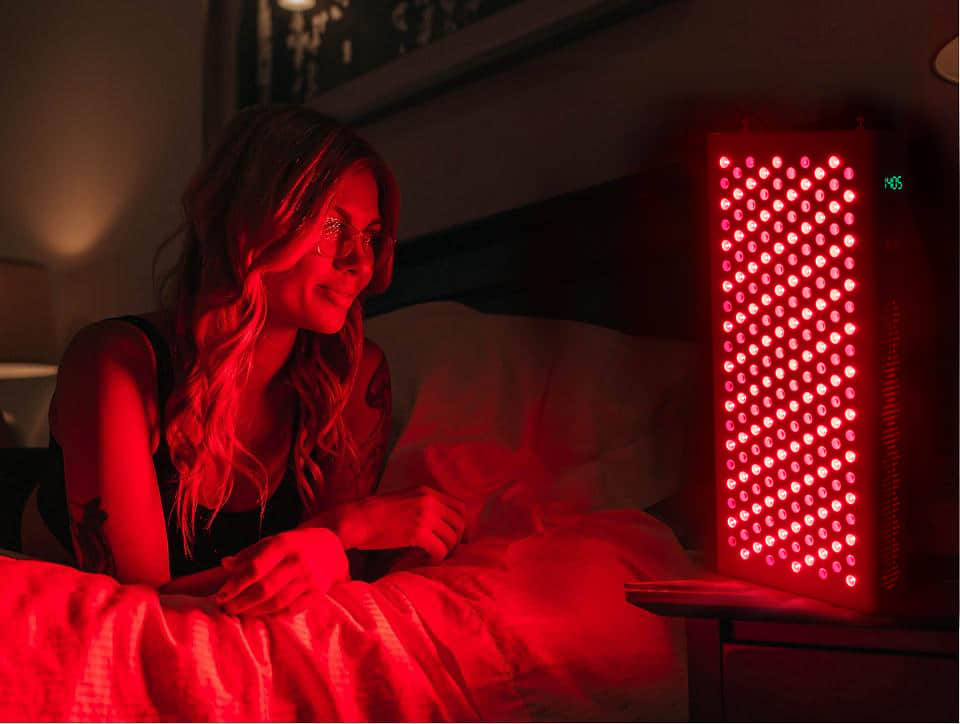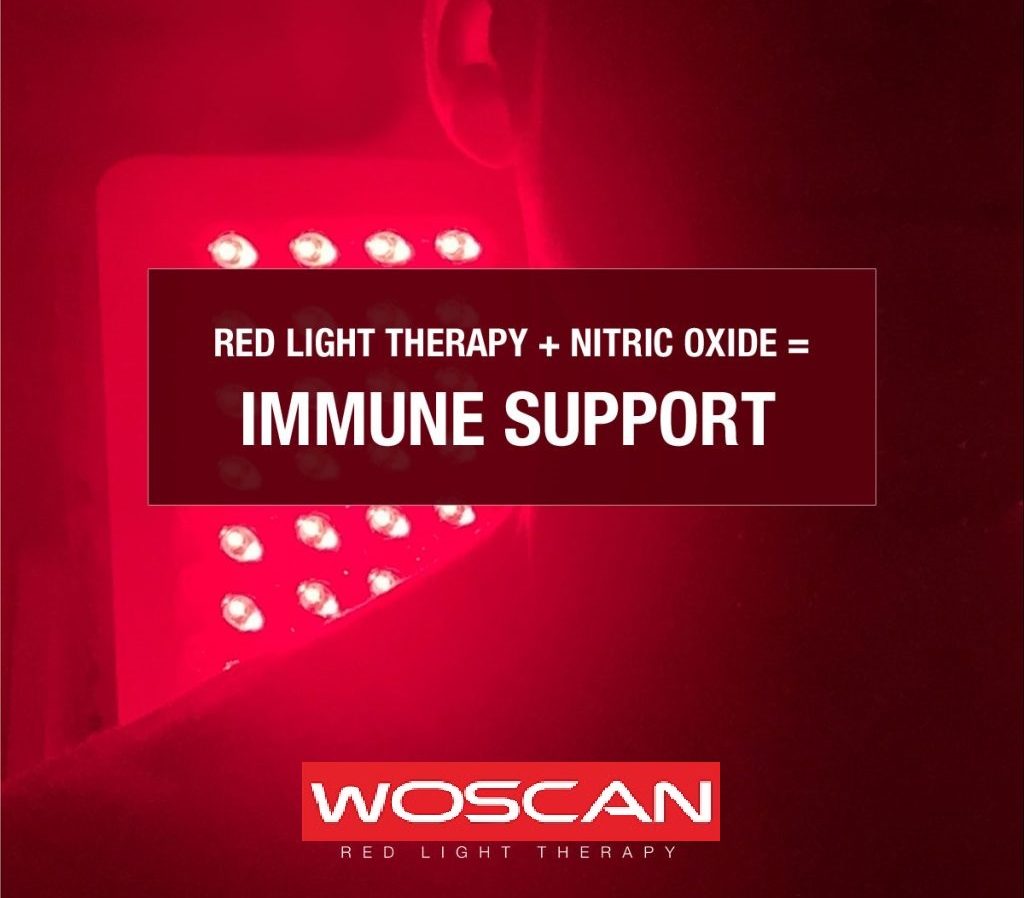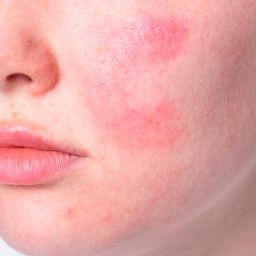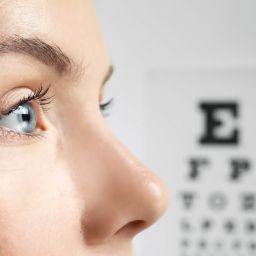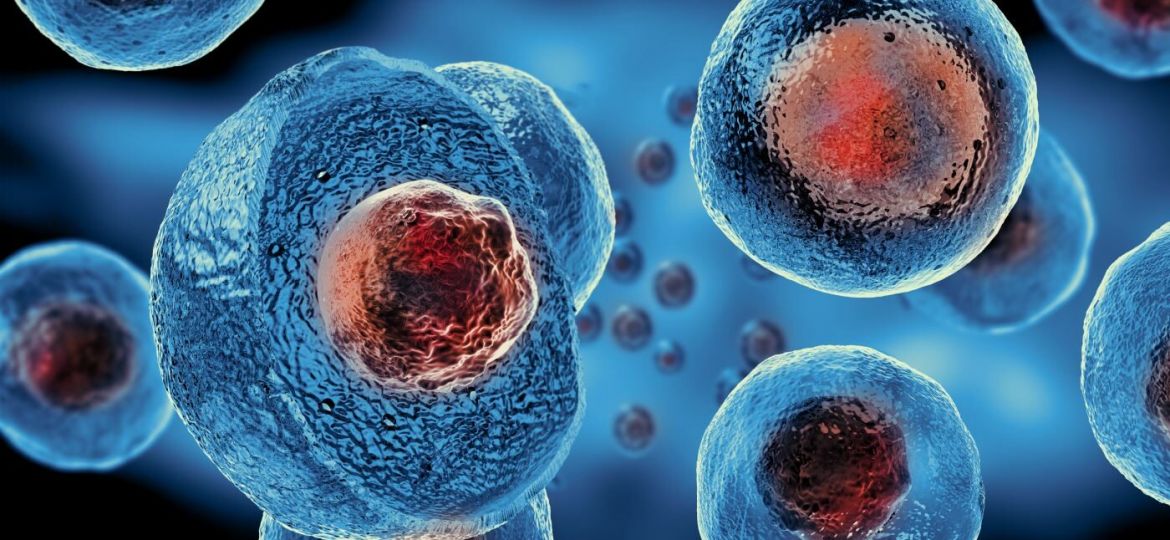
In the realm of modern health and stem cells, Red Light Therapy (RLT) stands out as a promising and groundbreaking approach. Leveraging the power of specific light wavelengths, RLT delves deep into cellular mechanisms, offering a multitude of benefits that transcend skin deep. One of the most captivating potentials of RLT is its ability to stimulate and enhance stem cell regeneration, a fundamental biological process that holds the key to the body’s natural repair and rejuvenation functions.
But what exactly is this therapy, and how does it interact with the intricate processes of our body’s cells? At its core, RLT operates through the principle of photobiomodulation, a process wherein light influences cellular behavior. Tapping into wavelengths approximately within the 600-1000 nm range, RLT targets the mitochondria, the powerhouses of cells, specifically interacting with an enzyme known as cytochrome c oxidase. This interaction sets off a cascade of cellular events, leading to improved energy production, reduced oxidative damage, and, notably, enhanced stem cell function.
As we delve deeper into the world of RLT and its impact on stem cell regeneration, we’ll uncover the scientific intricacies of this therapy, offering a comprehensive understanding of its role and significance in contemporary health practices. Whether you’re exploring it out of sheer curiosity or considering its implications for personal health, this journey into the biological, scientific, and technical aspects of Red Light Therapy promises to be enlightening.
Background on Stem Cells
Stem cells, often heralded as the body’s internal repair system, have sparked both fascination and innovation in the realm of biological science. These unique cells possess unparalleled potential, serving as the foundation for every tissue, organ, and system within our bodies. But what makes them so exceptional?
NATURE AND SIGNIFICANCE OF STEM CELLS:
At the most fundamental level, stem cells are unspecialized cells with a dual capability: they can self-renew, producing identical stem cells, and they can differentiate, giving rise to specialized cells with distinct functions. This inherent versatility enables stem cells to replenish damaged or aging cells, playing a critical role in maintaining our body’s health and vitality.
TYPES OF STEM CELLS:
- Embryonic Stem Cells (ESCs): Derived from embryos, these pluripotent cells can give rise to virtually any cell type in the body, making them a potent resource in regenerative medicine. However, their use has been a topic of ethical debate.
- Adult (or Somatic) Stem Cells: Found throughout the body from birth, these multipotent cells are tissue-specific. For instance, hematopoietic stem cells give rise to various blood cells, while mesenchymal stem cells can develop into bone, cartilage, and fat cells. Their primary function is to repair and maintain the specific tissue in which they reside.
- Induced Pluripotent Stem Cells (iPSCs): A groundbreaking discovery in modern science, iPSCs are somatic cells that have been genetically reprogrammed to an embryonic stem cell-like state. This means they possess the capability to differentiate into almost any cell type, offering vast potential for therapeutic applications without the ethical concerns associated with ESCs.
ROLE IN THE BODY’S REPAIR MECHANISM:
The body’s ability to heal wounds, regenerate lost tissues, and combat the wear and tear of aging can be largely attributed to stem cells. Through a meticulous process governed by biochemical signals, stem cells are mobilized to sites of injury or damage. Here, they undergo differentiation, replacing lost or malfunctioning cells and restoring tissue functionality. This intricate orchestration not only underscores the importance of stem cells but also sheds light on potential therapeutic strategies, such as Red Light Therapy, which can harness and enhance these natural regenerative processes.
In our journey to understand the interplay between Red Light Therapy and stem cell regeneration, this foundational knowledge of stem cells sets the stage. As we venture further, we’ll uncover how this therapy can influence and optimize these cellular maestros’ functions, paving the way for advanced health and wellness solutions.
Basics of Red Light Therapy
As we venture into the innovative landscape of contemporary health approaches, Red Light Therapy (RLT) emerges as a frontrunner, promising profound biological interactions and benefits. But before we delve deeper into its intersection with stem cell dynamics, it’s crucial to understand the fundamental principles that underpin this therapy.
THE UNDERLYING SCIENCE: PHOTOBIOMODULATION
Red Light Therapy operates on the principle of photobiomodulation (PBM). This term refers to the process wherein specific light wavelengths influence cellular behavior. Unlike other forms of light exposure which can cause damage or merely produce heat, PBM invokes physiological changes within cells, fostering a conducive environment for repair, growth, and energy production.
THE WAVELENGTH WINDOW:
Central to RLT’s efficacy is its utilization of a specific range of wavelengths, typically falling within the 600-1000 nm spectrum. Within this band, red and near-infrared (NIR) light have shown the most promise. While red light (approximately 600-700 nm) is absorbed primarily by skin layers, benefiting skin health and surface wound healing, NIR light (approximately 700-1000 nm) penetrates deeper, reaching muscles, tendons, and even bones. This depth of influence allows for broader therapeutic applications.
CELLULAR INTERACTION: TARGETING THE MITOCHONDRIA
At the heart of RLT’s mechanism of action is the mitochondria, often referred to as the cell’s powerhouse. These organelles are responsible for producing adenosine triphosphate (ATP), the primary energy currency of cells. When cells are exposed to red and NIR light, a key mitochondrial enzyme, cytochrome c oxidase, absorbs this light energy. This absorption boosts the electron transport chain’s efficiency, leading to increased ATP production. Enhanced ATP output revitalizes cells, amplifying their functions and repair capabilities.
By comprehending the foundational aspects of Red Light Therapy, we lay the groundwork to explore its potential synergies with stem cell regeneration. Given RLT’s ability to positively modulate cellular energy and behavior, its prospective role in optimizing the functionalities of stem cells becomes an exhilarating area of exploration in the realm of regenerative medicine and beyond.
Mechanism of Action: How Red Light Therapy Influences Stem Cell Regeneration
Red Light Therapy (RLT), through the process of photobiomodulation (PBM), offers profound biological interactions that can significantly influence stem cell behavior and regeneration. But how does this synergy come about? Let’s delve deeper into the scientific intricacies of this mechanism of action.
- Photobiomodulation and Mesenchymal Stem Cells (MSCs): Mesenchymal stem cells, commonly known as MSCs, play pivotal roles in tissue repair and regeneration. According to a study titled “Effect of Photobiomodulation on Mesenchymal Stem Cells,” it was observed that “PBM has positive effects on MSCs. This review concluded that doses of 0.7-4 J/cm^2 and wavelengths of 600-700 nm are appropriate for light therapy.”[1] This suggests that, under specific parameters, RLT can enhance the behavior and therapeutic potential of MSCs.
- Biological Responses Initiated by PBM: When cells are exposed to red and near-infrared light, a series of intracellular events are set into motion. As indicated in the study “Biological Responses of Stem Cells to Photobiomodulation Therapy,” “BMT may result in the increased production of reactive oxygen species (ROS), nitric oxide (NO), adenosine triphosphate (ATP), and cyclic adenosine monophosphate (cAMP). These changes, in turn, initiate cell proliferation and induce the signal cascade effect.”[2] Such enhanced cellular activities, especially the production of ATP, can directly stimulate stem cells, promoting their proliferation and differentiation, vital for tissue repair and regeneration.
Red Light Therapy, or Photobiomodulation, demonstrates a multi-faceted influence on stem cell regeneration. Whether it’s directly enhancing the vitality and behavior of mesenchymal stem cells, initiating biological responses conducive to cell proliferation, or promoting vascular health, RLT holds immense promise in the realm of regenerative medicine.
Benefits of Red Light Therapy for Stem Cell Regeneration
The intersection of Red Light Therapy (RLT) and stem cell biology presents a captivating arena where innovative health solutions are being uncovered. Leveraging the unique properties of specific light wavelengths and the inherent potential of stem cells, RLT offers a slew of benefits that can revolutionize regenerative medicine and personal health. Let’s explore these benefits in detail:
- Enhanced Stem Cell Proliferation: Central to tissue repair and regeneration is the capability of stem cells to multiply and maintain a healthy pool within the body. RLT, through photobiomodulation, augments the production of adenosine triphosphate (ATP) within cells. This increased ATP output invigorates stem cells, bolstering their proliferation and ensuring a sufficient number are available for repair and regeneration tasks.
- Optimized Stem Cell Differentiation: For stem cells to effectually contribute to tissue repair, they must differentiate into the necessary specialized cell types. RLT has demonstrated its ability to fine-tune this differentiation process, ensuring that stem cells mature into the desired cell lineages in response to tissue-specific demands, thereby optimizing tissue restoration.
- Promotion of Vascular Growth: Angiogenesis, or the formation of new blood vessels, is crucial for supplying regenerating tissues with essential nutrients and oxygen. As RLT promotes the expression of vascular endothelial growth factor (VEGF), it fosters an environment conducive to angiogenesis. This not only supports the function of stem cells but also ensures that regenerating tissues receive optimal nourishment.
- Reduction of Inflammation and Oxidative Stress: Chronic inflammation and oxidative stress can hinder the function of stem cells and impede the body’s regenerative capacities. RLT, by modulating the release of inflammatory cytokines and bolstering cellular antioxidant defenses, creates a conducive microenvironment. This protective ambiance ensures stem cells can function without detrimental interference from inflammation or oxidative damage.
- Accelerated Tissue Repair and Healing: Through the combined effects on stem cell proliferation, differentiation, vascular growth, and inflammation control, RLT expedites the overall tissue repair process. This acceleration can be especially beneficial in scenarios of acute injuries, post-surgical healing, or chronic tissue damage, providing patients with faster recuperation times and reduced complications.
- Potential Neuroprotective Effects: Emerging research suggests that RLT may also harbor neuroprotective benefits, assisting in the preservation and regeneration of neural tissues. By stimulating neural stem cells and optimizing their functions, RLT might hold the potential to address neurodegenerative conditions and promote brain health.
In essence, the benefits of Red Light Therapy in the context of stem cell regeneration are vast and multi-dimensional. By tapping into the core physiological mechanisms governing stem cell behavior and tissue dynamics, RLT stands as a promising tool in the ever-evolving landscape of regenerative therapies and holistic health solutions.
Considerations When Using Red Light Therapy
While the potential of Red Light Therapy (RLT) in stem cell regeneration and its myriad of health benefits are undeniable, it’s crucial to approach this therapy with an informed perspective. As with any therapeutic modality, understanding the nuances, parameters, and best practices can make a significant difference in outcomes. Here are some key considerations when leveraging RLT for stem cell regeneration:
OPTIMAL WAVELENGTH SELECTION:
Central to the efficacy of RLT is the use of specific wavelengths that interact precisely with cellular components. For stem cell regeneration, the wavelengths of particular interest are 630 nm, 660 nm, and 810 nm. Each of these wavelengths penetrates tissues differently and interacts uniquely with cellular components, so understanding their distinct roles can aid in maximizing therapeutic benefits. In our chart you can find specific wavelength recommendations for each condition.
DOSAGE AND EXPOSURE DURATION:
The principle of photobiomodulation emphasizes not just the wavelength but also the correct dosage of light. It’s essential to adhere to recommended exposure durations and light intensities, typically prescribed based on the specific condition and desired outcomes. Try our dosing calculator for optimal results.
MITOCHONDRIAL DYNAMICS:
The primary cellular target of RLT is the mitochondria, responsible for energy production. By stimulating the mitochondria and enhancing ATP production, RLT facilitates various physiological responses. However, it’s crucial to recognize that indiscriminate or excessive stimulation might overwhelm cellular mechanisms. A balanced and methodical approach to RLT ensures mitochondrial health and optimized cellular functions.
DEVICE QUALITY:
The market is replete with various RLT devices, ranging from professional-grade machines to consumer-oriented products. Ensuring that the device used is of high quality, FDA-cleared and specifically designed for therapeutic applications guarantees consistent and effective outcomes.
The world of regenerative medicine is at the beginning of a transformative era, with Red Light Therapy (RLT) playing a pivotal role in its evolution. The profound biological interactions triggered by photobiomodulation, specifically targeting cellular powerhouses like the mitochondria, offer a new avenue for harnessing the innate healing and regenerative capacities of our bodies. Through the precise modulation of adenosine triphosphate (ATP) production and the subsequent cascade of physiological responses, RLT has shown great promise in amplifying stem cell proliferation, differentiation, and tissue restoration.
However, as we’ve navigated through the intricacies of RLT, it becomes evident that the maximization of its benefits hinges on a nuanced understanding of its mechanism and best practices. From selecting the optimal wavelengths like 630 nm, 660 nm, and 810 nm to understanding individual variability and ensuring device quality, the approach to RLT needs to be as sophisticated as the science behind it.
In the broader context, RLT exemplifies the beauty of converging advanced technology with deep biological understanding, offering solutions that are both groundbreaking and holistic. As we continue to explore and refine this therapeutic modality, it’s crucial to remain grounded in evidence-based practices and prioritize patient safety and well-being. With such an approach, the horizon for Red Light Therapy in stem cell regeneration and overall health restoration looks both promising and luminous.
[1] Fekrazad R, Asefi S, Allahdadi M, Kalhori KA. Effect of Photobiomodulation on Mesenchymal Stem Cells. Photomed Laser Surg. 2016 Nov;34(11):533-542. doi: 10.1089/pho.2015.4029. Epub 2016 Apr 12. PMID: 27070113.
[2] Khorsandi K, Hosseinzadeh R, Abrahamse H, Fekrazad R. Biological Responses of Stem Cells to Photobiomodulation Therapy. Curr Stem Cell Res Ther. 2020;15(5):400-413. doi: 10.2174/1574888X15666200204123722. PMID: 32013851.



